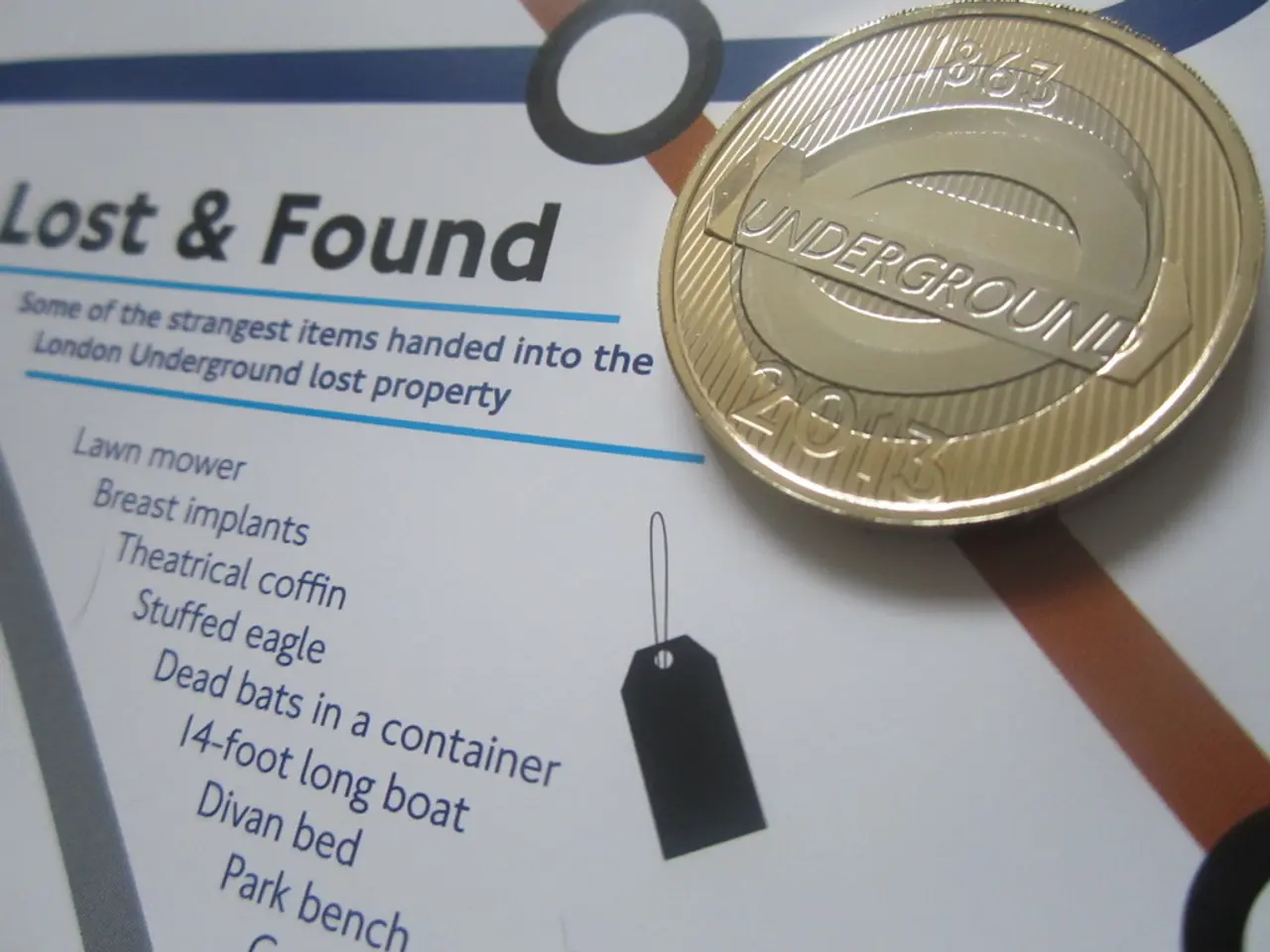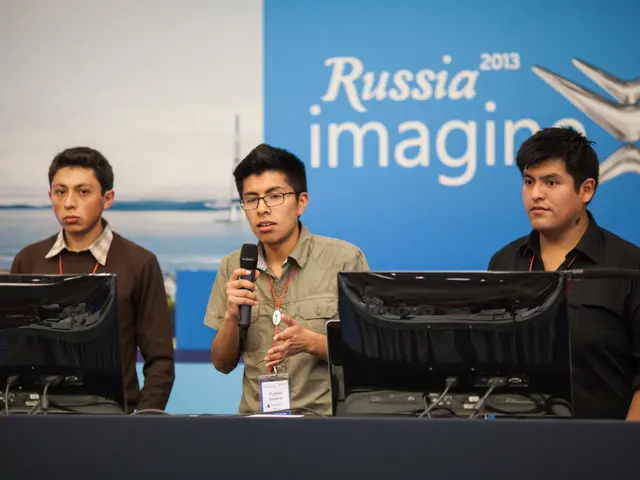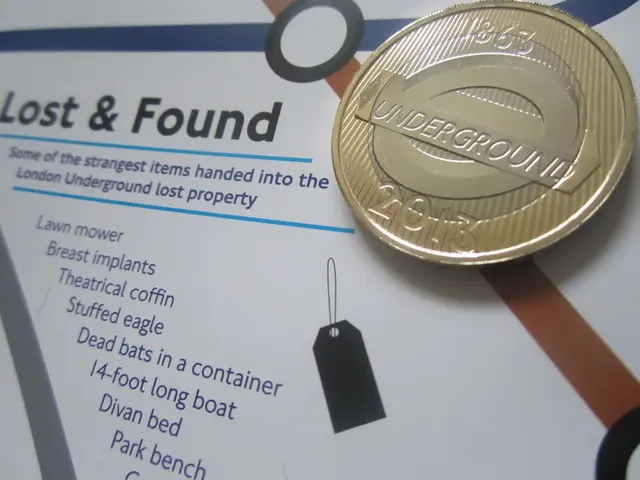Central Bankers Advocate for Tokenization in IMF Gathering, Issuing a Call to Action
In the world of finance, innovation is the name of the game, and that's exactly what's happening with Project Pine, an initiative led by the Bank for International Settlements (BIS) in collaboration with the Federal Reserve.
Last year, Agustin Carstens, outgoing BIS general manager, and Nandan Nilekani outlined their vision for Project Pine, a project aimed at exploring the feasibility and implementation of wholesale central bank digital currency (CBDC), integration with commercial bank money, and tokenized government securities. The goal is to develop a new financial architecture that leverages tokenization and distributed ledger technology (DLT) to modernize financial market infrastructures.
Recent updates reveal that Project Pine is making significant strides. In 2025, a joint research study by the BIS and the Federal Reserve was published, examining how central banks can use tokenization and smart contracts to enhance financial systems. This study is a testament to the project's commitment to research and development.
Project Pine was also highlighted at the BIS Innovation Summit 2025, where its role in converging financial market infrastructures with tokenization technologies, including wholesale CBDCs and tokenized government bonds, was discussed. The project is seen as providing operational solutions and public-private collaboration insights for future financial infrastructure.
The Reserve Bank of Australia (RBA) has also joined the fray, conducting a pilot under Project Pine to lay the groundwork for a financial system built on digital money incorporating wholesale CBDCs, commercial bank money, and tokenized securities.
The IMF Spring meetings this year featured a panel discussion on DLT and the tokenization of financial markets, with Tobias Adrian moderating and Agustin Carstens and Piero Cipollone participating. During the discussion, Carstens emphasized the role of central banks in steering the participation of the private sector and maintaining trust by ensuring the singleness of money and finality in payments. He used the example of ATMs, which were easier to integrate into emerging economies, as a testament to this.
Carstens also highlighted the potential for countries to leapfrog in development by adopting tokenization early. However, he also expressed concerns about the path to mainstream tokenization being "a bumpy road," with potential issues such as fragmentation, domination by large players, and inhibiting future innovation due to over-reliance on a single technology.
On the other hand, Piero Cipollone, Director of the European Central Bank (ECB), outlined his vision of using tokenization to enable a capital markets union. He also observed that the path to mainstream tokenization is challenging, but necessary for the future of finance.
In addition to Project Pine, the BIS has been working on Project Agora, a tokenized cross-border payment system. The European Commission has also given considerable attention to tokenization as an important tool in its efforts, as mentioned in a recent consultation.
Carstens recently revealed another initiative, Project Pine, which incorporates wholesale CBDC, commercial bank money, and tokenized government securities. This new project is a significant step towards the vision of the open source Finternet, which Nilekani and Carstens outlined a year ago.
Work has also progressed on building tools to enable the Finternet vision, referred to as a "universal information tokenized system." Open source tools for the Finternet are expected to be released by the end of the year, and pilots are progressing with central banks and corporates.
As we move forward, it's clear that Project Pine and initiatives like it are shaping the future of finance, with the potential to modernize financial market infrastructures, enable cross-border payments, and foster a more interoperable digital financial ecosystem. While challenges remain, the ambition is big, and the imagination is the limit.
Read also:
- Tesla is reportedly staying away from the solid-state battery trend, as suggested by indications from CATL and Panasonic.
- FetishFinder Profit: Madison's Side Hustle Increases Earnings to $10K Monthly
- Online Advertising Consent Framework Faced with Significant Ramifications According to Belgian Data Protection Authority's Decision
- Server Hazards: Top 4 Pests Imperiling Your Data Center and Preventive Measures






